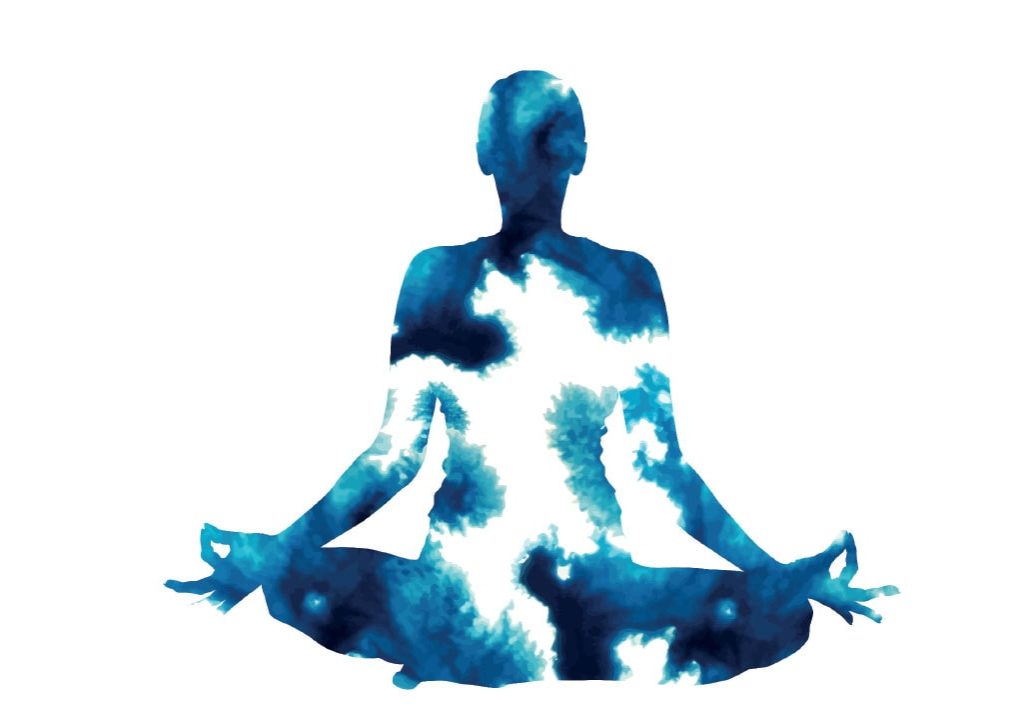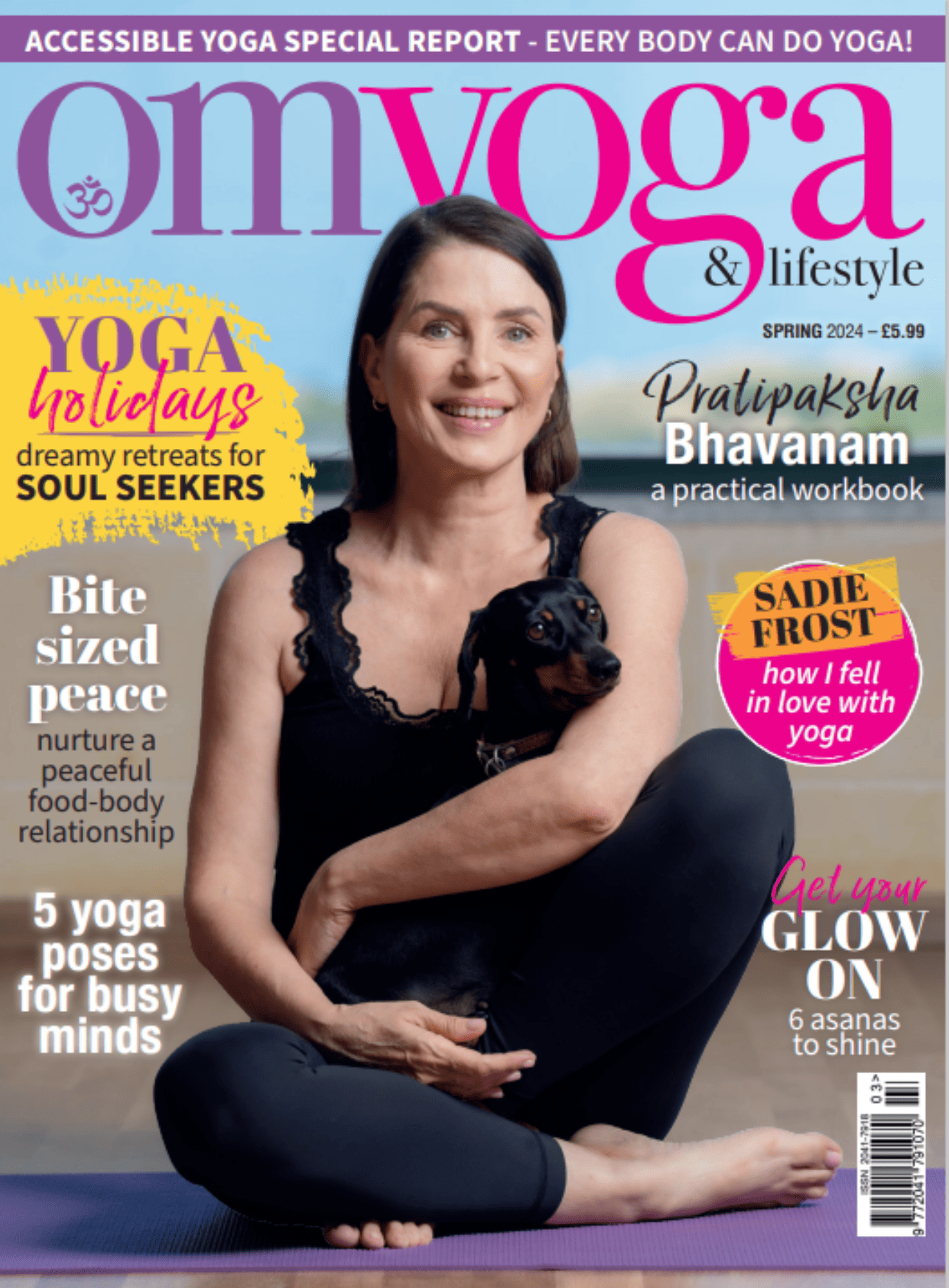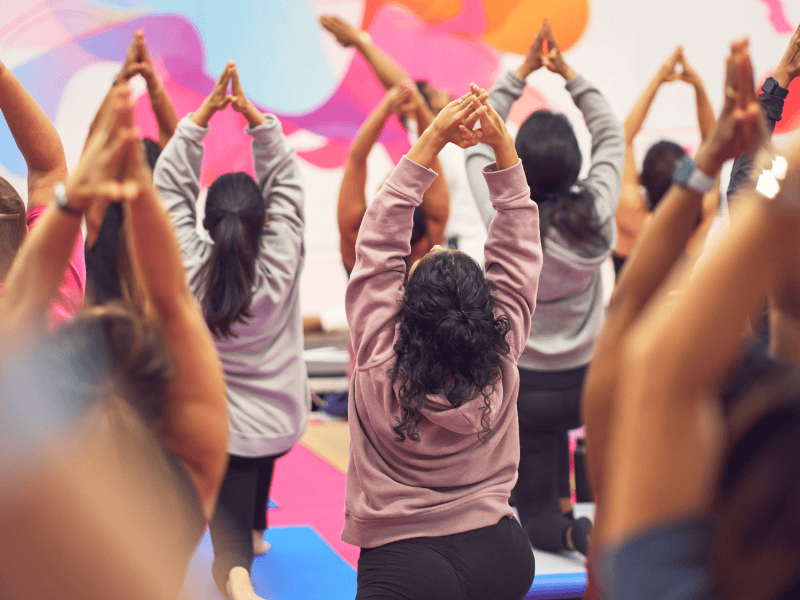
Yoga in Football
The experiences of a yoga instructor teaching elite and professional footballers. By Claudia Brown
Reading time: 5 minutes
When I became a yoga teacher, I wanted to run classes and workshops for women, focused on wellbeing and healthy lifestyles — I certainly had no plans to work in the football world! But a year after I completed my initial 200-hour yoga teacher training, I wanted to widen my repertoire so enrolled onto a Sport Yoga course with Sarah Ramsden, the person who made yoga famous in football working with Manchester United and Manchester City.
Towards the end of my course, Sarah Ramsden was approached to find a teacher for West Bromwich Albion FC, which was close to where I lived.
The opportunity came at a great time as I was planning a sabbatical from my job in local government with the intention to work full-time as a yoga teacher. So I went to meet the head of sports science at West Brom and agreed to run two sessions a week for a month as a trial to see how I got on. For me, it was also a trial to see if I liked working with men, and in particular, Premier League footballers.
It was a great experience. I worked with some amazing players such as Craig Dawson, Rickie Lambert, James McClean and James Chester, who have all represented their country, running an activation session before training usually on a Tuesday morning, and a recovery session after training on a Thursday.
During my time at West Brom I became friends with one of the academy coaches called Darren Moore, a former player who had gone into coaching and was planning to go into management. He told me that when he became a manager I would be his yoga teacher. He stayed true to his word, and when he started his management career at Doncaster Rovers FC I was called upon; later, when he moved to Sheffield Wednesday FC, I went with him. I also began working closer to home, at Port Vale FC.
Why yoga in football?
Yoga in football is not a new thing. Yoga teachers have been working in football clubs for many years, but it became more widely acknowledged when Ryan Giggs talked publicly in the media about how the practice had helped extend his career at Manchester United, so much so that he made a yoga DVD with Sarah Ramsden, which is still available today.
People are often surprised that footballers do yoga — but they shouldn’t be: The England squad are often pictured doing their yoga sessions, Cristiano Ronaldo and Mo Salah have posted pictures of themselves on the yoga mat. But why do they do it? Well, for many reasons. Here are a few:
- Flexible muscles and supple joints move more efficiently, recover more quickly and increase range of motion, which means increased power output due to greater muscle recruitments and more efficient movements.
- Active recovery can help muscle fibres repair more quickly as a combination of stretching and relaxing muscles can reduce muscle imbalances that can lead to injury.
- Reduce muscle stiffness and lengthen muscles that have become short and tight.
- Improved balance and co-ordination means more control of specific movements, and using the body in a way that mimics the movements of a particular sport during yoga improves flexibility so injury likelihood is minimised during engagement in the sport.
- Breathing exercises can help with improving relaxation, and maintaining an even breathing pattern.
- Improvement in range of motion can lead to an increase in performance for a particular movement or series of movements.
A yoga teacher in a football club
As a teacher, you need to know why you are doing what you are doing, because the players are going to ask you. They ask you a lot. I produced powerpoint presentations and photo boards with images of the players in certain positions taken during matches and then showed them the corresponding yoga position.
It can be a challenging working environment as most teachers are used to people not only doing their classes willingly but paying to do so! In most clubs, the yoga provision is a mandatory part of the training and some of the players don’t like it and are happy to tell you exactly that.
I’d never had someone in a class that had not wanted to be in my class before, so I quickly got used to talking about why it was good for them, how it could make them move with more ease, help to soothe aching muscles, and that there was also a chance for a quick lie down!
Also, there will always be a number of players who really enjoy the sessions, who want to do more and will ask for worksheets or recordings of sessions to do at home.
I know other teachers who work for football clubs as it can be a small world, so we do tend to reach out to each other for support and advice.
Sharon Heidaripour, previously a sports therapist at Arsenal FC, Chelsea FC and FIFA, created Football Yoga in 2016, supporting individual players and teams with yoga, initially in England, and now based in Sweden. The majority of her work is done online with footballers around the world. She says: “By integrating yoga into a player’s weekly training and match routines, many injuries can be prevented, and footballers can have long, happy and healthy careers.
One of my main focuses is on the younger players and the academy, as it’s important to start them young and get this work in as a part of their DNA.”
Another well-known teacher, Sheila McVitty, has worked at Man Utd, Everton, Newcastle, Salford City, Bolton and Wigan. She says: “This is my 10th season working with professional footballers. It is fascinating to observe the demands the sport places on the body and the mind and how yoga complements this. Muscles that are shortened and tightened due to repetitive movements and excessive force, can be lengthened and relaxed by employing time-honoured yoga techniques.
I often find the most significant part of the practice is the 10 minutes relaxation at the end. Usually, I’ll do a full-body scan, or introduce some positive psychology concepts such as mindfulness, self-compassion and gratitude.” Sheila McVitty has distilled her knowledge into a 200-hour teacher training course, with the next intake starting in June 2024.
Yoga is often challenging for the players as they are using their bodies in different and often unfamiliar ways during the yoga sessions. If it’s a busy week, on the back of two or three matches in a seven-day period, plus the travelling, they can often be physically and mentally exhausted.
This can worsen towards the end of the season, especially if there is the added pressure of relegation, or the positive pressure of a promotion run-in.
As you get to know the players, you form better working relationships and get to know them on an individual level and also understand more about what their bodies are managing and how you can help them more specifically. If you are working with smaller groups, then sometimes you can end up running three different sessions in one, as each player will have different adaptations and options depending on how they are feeling.
Highs and lows
I didn’t expect to have to manage my own emotions during the season. You want the people who you work with to do well and you become part of a wider team of people who contribute directly to what ends up happening on the pitch on a Saturday afternoon.
The highs of winning games and the lows of being on a losing streak all have an effect on mood and engagement in sessions, so I’ve always found it very important to be positive and upbeat. Emotions also come to the forefront during the transfer windows – two lumps of time during the year when players are bought and sold.
A player who has been at a club since he was a child will get a call to tell him he has been sold to another club, sometimes with no warning and with no regard for his personal life, partner or children, leaving his team mates and friends in an instant.
You do become a fan even if you are not interested in football. I’ve been lucky enough to be involved in two play-off promotion runs during the last few years — a promotion with Port Vale from League 2 to League 1 in 2022, and Sheffield Wednesday going from League 1 to the Championship in May 2023 (which included the famous miracle of S6 – Sheffield Wednesday came back from a 4-0 defeat in the first leg of the play offs to win the second leg in front of a packed Hillsborough crowd – a record breaking win!).
These experiences have allowed me to feel and see the true highs and lows of the beautiful game and witness first hand the pain and pressure that it brings…and the joy and relief when that goal goes in at Wembley in the final minute of extra time!
Claudia Brown is a yoga teacher and regular OM columnist. Connect on Instagram @yogabyclaudia




